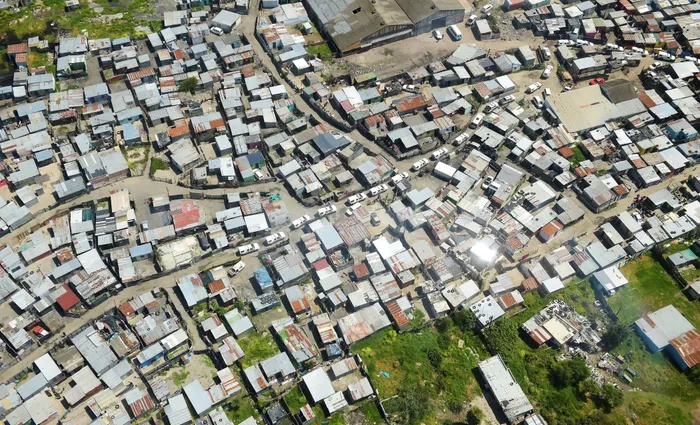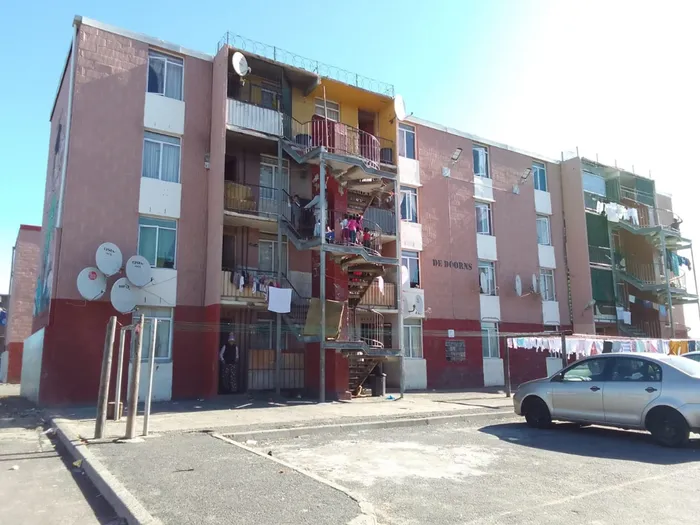How urban design influences crime and safety in South Africa

FILE
Image: FILE
HOUSING and urban form have direct implications for crime and safety, two persistent concerns for South Africans.
The layouts of our cities and neighbourhoods can either mitigate conflict or aggravate it.
Consider the notorious case of the Cape Flats in Cape Town - a vast expanse of townships and tenements where apartheid dumped removed non-white communities.
Decades later, the Cape Flats have become synonymous with gang violence, drugs, and social despair. Is this a coincidence of culture or was it partly architectural fate?
Many experts point to how rows of monotonous “barracks-style” flats and paucity of economic opportunities created fertile ground for gangs. Youth growing up in crowded two-bedroom apartments, with unemployment rife and schools under-resourced, found belonging and identity in gang culture.
Turf wars turned courtyards and public spaces into battlefields. Two people are killed in gang violence in the Western Cape every day, according to recent statistics, and a large share of that is concentrated in certain Cape Flats neighborhoods.
The design of those environments - alienating high-density blocks with little recreational space and poor surveillance - likely contributed to the social breakdown.
In contrast, research suggests that “eyes on the street” deter crime. A well-lit, busy street with active storefronts and residents who know each other can naturally keep a lid on illicit activity.

Council flats in Cape Town. File photo
Image: FILE
Sadly, apartheid designs often did the opposite: curved culs-de-sac that isolate, or towering flats that turn their backs to the street. In some newer low-cost housing projects, the lessons have been taken to heart - for example, breaking up long rows of houses with through-streets and mixed uses. But many existing areas remain problematic.
Furthermore, the proximity of extreme wealth and poverty in our cities also fuels crime. Gated communities adjacent to shantytowns almost invite criminal exploitation, it is a daily temptation for a hungry have-not to breach the border of the have-everything next door.
Spatial justice, creating more gradation and integration between rich and poor areas, could ultimately reduce crime born of desperation and resentment.
Housing arrangements can also be the stage for neighbourly conflicts. Anyone who has lived in dense housing knows that small issues (noise, parking, cultural practices) can escalate.
In the Raffia Road municipal flats in Durban, I found a microcosm of the Rainbow Nation under one roof - Zulu, Tamil, Xhosa, English speakers all in a single block.
It was heartening, but it also led to comical and tense misunderstandings, one resident complained that another was performing slaughter rituals of goats in the common yard (a sacred custom for the one, a horrifying sight for the other), while another quarrel was over someone braaiing on a balcony and smoking out the upstairs neighbours.
Intercultural friction is perhaps inevitable as previously separated groups now share walls. But over time, these interactions can breed tolerance.
I met a young man of Indian descent living in the Shallcross flats in KwaZulu-Natal that had recently seen a black family move in. He admitted initial apprehension, fearing crime or feeling soon being outnumbered, but now he laughed, saying, “My child’s nanny is a Zulu lady next door; we teach each other recipes.” In some respects, these close proximities are accomplishing what broad social engineering could not, genuine integration in daily life.
Intermarriages across racial and ethnic lines are on the rise and many began as next-door neighbours or classmates.
A new South Africa is being built in these seemingly mundane interactions, an unsung benefit of the housing shuffle that has taken place post-apartheid. Yet, we must acknowledge darker episodes too.
Close proximity without trust can erupt badly, as we saw in 2021’s unrest or prior flashes of communal violence. Building safer, cohesive communities is not just about bricks, it’s about facilitating understanding.
Urban design can assist, by creating shared communal spaces where residents mingle rather than hide in their units. Social programs in housing complexes, like youth clubs, cultural exchanges, can actively break down prejudices.
In the Shallcross Flats, some former gang members have started community gardening projects, turning disused land into vegetable gardens that bring former rival families to cultivate side by side.
Such efforts seem almost too simple to dent the enormity of crime, but they do have an effect - they humanise neighbours to each other.
Finally, it is worth considering how fear shapes our urban landscape. Wealthier South Africans have responded to crime by fortifying their environments – private security, boom-gates closing off public streets, CCTV cameras on every corner of the road.
This creates an atmosphere of siege and further separates people. If instead, resources were invested in inclusive safety measures - like improving street lighting in townships, supporting community policing forums, and fundamentally addressing the social causes of crime (through jobs and education) - the city as a whole would be safer for all.
No amount of electric fencing can bring the comfort that a more equal, caring society would, where the gulf between rich and poor is not so stark as to breed endless criminal opportunity.
Cape Times